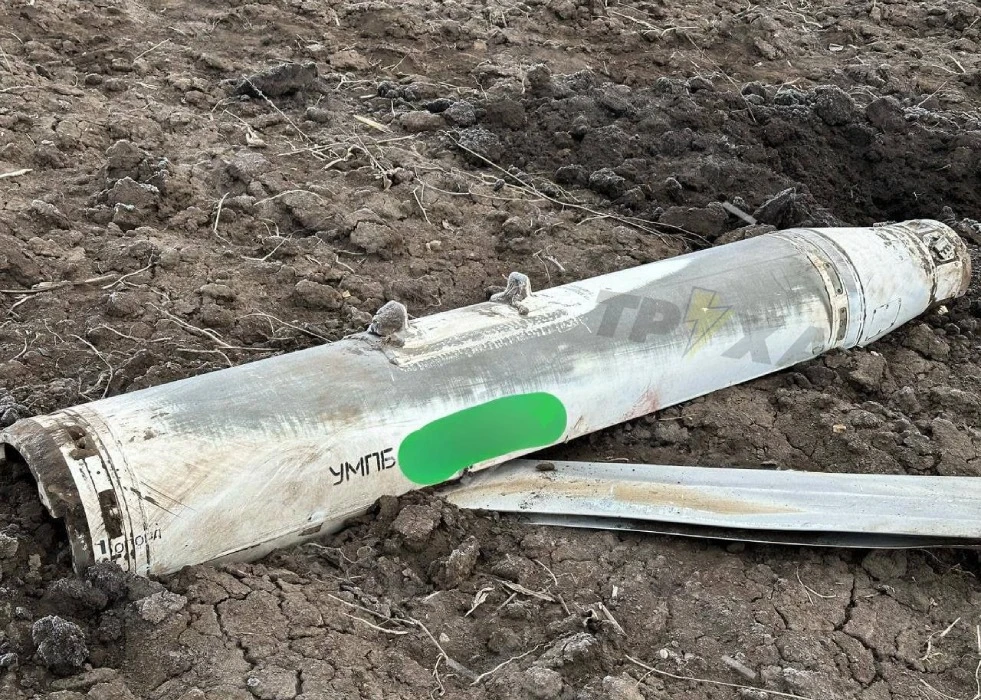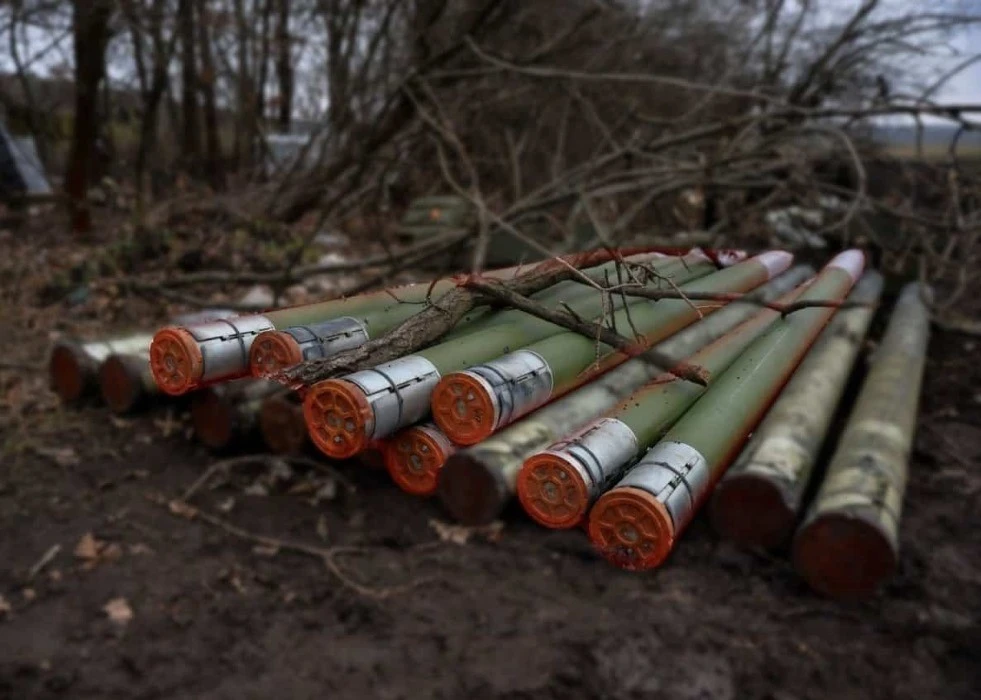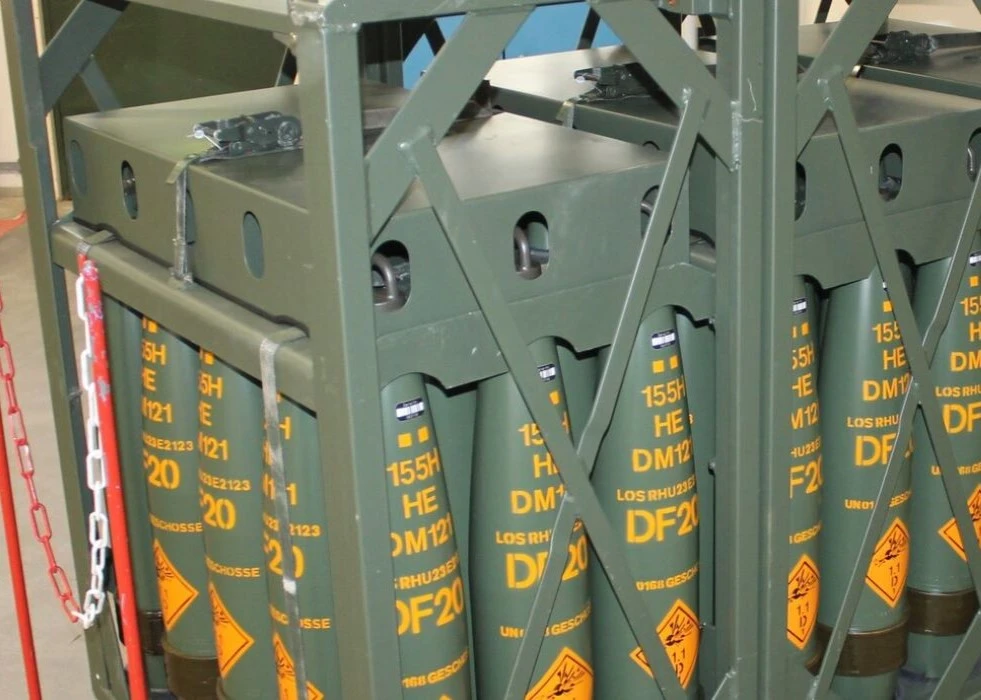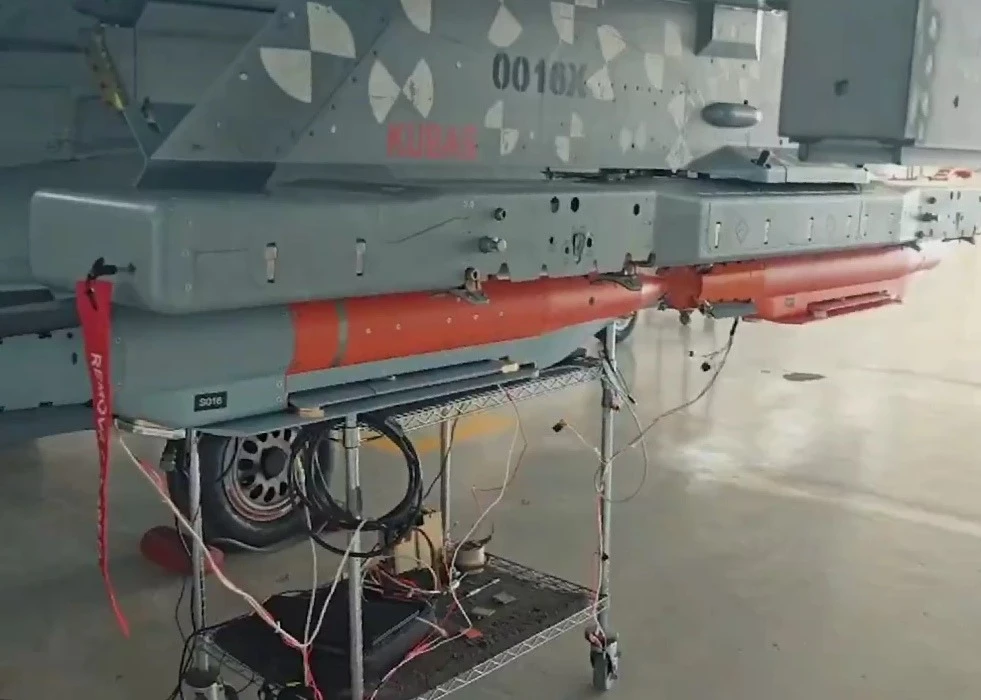Photos of a new Russian glide bomb named D-30 SN surfaced from Kharkiv city of Ukraine, showing Russia’s progress on new PGMs.
The bomb appears to have a similar size and configuration to small-diameter bombs like GBU-39 and TOLUN. Deployable wings allow for increased glide performance, providing a range of up to 90 kilometres as reported by Army Recognition.
The small profile and the absence of a heat-emitting engine make detection more difficult for both radars and infrared sensors when it comes to small-diameter bombs. Recently,
there has been a surge in reports of explosions shortly after air raid alarms in Ukraine. These bombs might be responsible as they would be detected at the last moment due to the reasons stated above.
As expected, D-30 SN is deployed from Russian combat aircraft and unexpectedly BM-30 Smerch MLRS. The deployability of the munition from BM-30 Smerch can be attributed to its circular form and size. Thus, this not only gives the fighter jets a longer striking range for bombing missions, but also provides BM-30 Smerch with an alternative munition. There have been no estimations or statements on the range for ground launch.
The U.S. had tested a similar concept as Ground-Launched Small Diameter Bomb (GLSDB) where GBU-39s are launched from HIMARS or M270 MLRS. The baseline GBU-39 is put on an M26 artillery rocket’s rocket motor with an adapter and launched just like the original. After the burnout, the bomb separates and glides towards the target as if it were launched from an aircraft.
A plan to provide Ukraine with GLSDBs was expressed by U.S. officials. As Ukraine actively uses HIMARS fitted with 227 mm artillery rockets, the integration wouldn’t take long.
Russia Uses Glide Bombs to Target Ukrainian Cities















